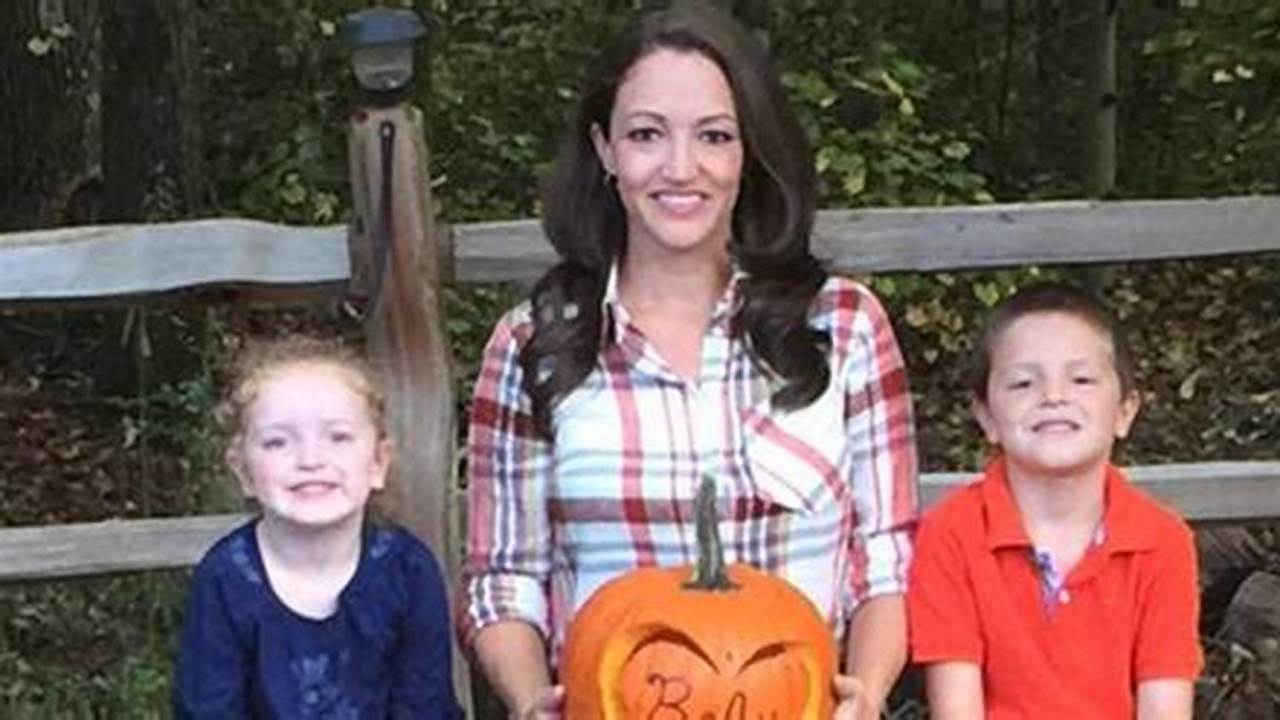Locating a young, gray horse for a child involves careful consideration of various factors beyond mere aesthetics. This guide provides parents with essential information and resources to navigate the process effectively and ensure a safe and positive experience for both child and horse.
Temperament and Suitability
Matching a horse’s temperament to a child’s riding ability and experience is paramount. Younger, less experienced riders benefit from calm, gentle horses with established training.
Health and Soundness
A pre-purchase veterinary examination is crucial to assess the horse’s overall health and identify any potential issues that could affect its suitability for a young rider.
Training and Experience
Horses with prior training and experience under saddle are generally better suited for children. A well-trained horse provides a safer and more predictable riding experience.
Size and Conformation
The horse’s size should be appropriate for the child’s age and physical stature. A horse that is too large or too small can create safety risks and hinder the learning process.
Discipline and Intended Use
Consider the intended riding discipline. Certain breeds and types of horses are better suited for specific disciplines like Western pleasure, English riding, or trail riding.
Budget and Ongoing Costs
Acquiring a horse involves significant financial investment beyond the initial purchase price. Ongoing costs include feed, veterinary care, farrier services, and boarding or stabling.
Reputation of the Seller
Purchasing from a reputable breeder or seller is essential. A reputable seller will provide accurate information about the horse’s history, temperament, and training.
Trial Period and Evaluation
Whenever possible, arrange a trial period to assess the horse’s suitability for the child. This allows both the child and the horse to interact and determine compatibility.
Safety Equipment and Riding Lessons
Investing in appropriate safety equipment, such as a properly fitted helmet and riding boots, is non-negotiable. Professional riding lessons are also essential for developing proper riding techniques and horsemanship skills.
Tips for Finding the Right Horse
Consult with a qualified riding instructor. They can provide valuable guidance and assist in the search process.
Attend local horse shows and events. This provides opportunities to observe different breeds and types of horses.
Network with other horse owners and professionals. They can offer insights and recommendations.
Utilize online resources and equine classifieds. These platforms provide access to a wider selection of horses.
Frequently Asked Questions
What age is appropriate for a child to start riding?
Children can begin riding lessons as young as four or five years old, starting with lead-line lessons on calm, well-trained ponies.
How much does it cost to own a horse?
The cost of horse ownership varies significantly depending on factors such as boarding, veterinary care, and location. It’s essential to create a realistic budget before acquiring a horse.
What are the safety considerations for children riding horses?
Safety is paramount. Children should always wear approved helmets and appropriate riding attire. Adult supervision and professional instruction are crucial.
What are the benefits of horse riding for children?
Riding promotes physical fitness, develops responsibility, and builds confidence. It also fosters a connection with animals and provides valuable life lessons.
How do I find a reputable riding instructor?
Certified instructors through recognized equestrian organizations are recommended. Seek referrals from other horse owners or local riding stables.
What breeds are generally suitable for young riders?
Breeds known for their gentle temperaments, such as Quarter Horses, Appaloosas, and certain pony breeds, are often recommended for beginners.
Finding the right horse for a child is a significant decision. Thorough research, professional guidance, and a focus on safety and suitability will contribute to a rewarding and enriching experience for the young equestrian.


